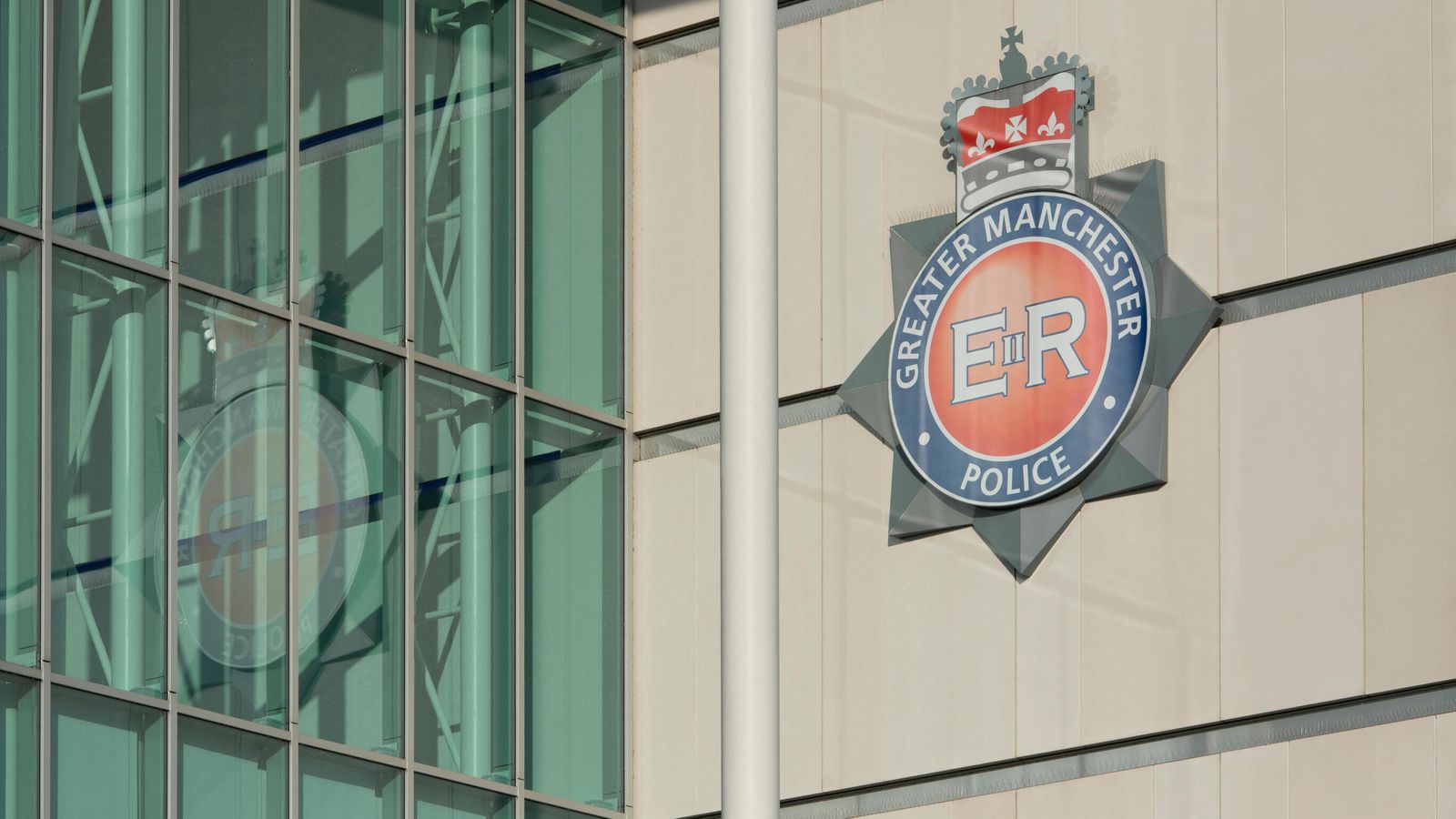The number of cases of the Indian COVID variant in England has risen by 3,535 to 6,959 since last week, according to official figures.
Health Secretary Matt Hancock said the variant is spreading and the latest estimates show it makes up more than half – and possibly as many as three quarters – of all new COVID cases.
The B.1.617.2 variant of concern, which is believed to be more transmissible than the Kent variant which became dominant in the country after Christmas, has resulted in surge testing and vaccinations in numerous areas.
Earlier, Health Secretary Matt Hancock said the link between COVID-19 cases, hospital admissions and deaths was being “severed” but it was too early to say whether the 21 June lifting of social restrictions would go ahead.
Mr Hancock told MPs Wednesday’s figure of 3,180 new cases of coronavirus may have been “the highest since 12 April” but vaccines were working.
That figure has since been surpassed, with the UK today reporting 10 new deaths a further 3,542 cases of the disease and 10 new deaths within 28 days of a positive COVID-19 test.
Overall, case rates have been surging since the start of the month, but they’ve stalled at around 450 cases per 100,000 for the last 3 days.
On Wednesday, former senior scientific adviser to the government Neil Ferguson said it could be another “two to three weeks” before it’s clear whether the final step in lifting lockdown can safely go ahead.
The day before, Sky News analysis found that 121 local authority areas in England had seen a rise in growth rates for the Indian coronavirus variant of concern.
The rise in cases of the variant has led to travel restrictions being imposed on Britons wanting to go abroad, with France introducing mandatory quarantine for people arriving from the UK and other countries imposing other measures.
A surge in cases in some areas led to confusion among eight local authorities which, over the weekend, found government guidance had been issued advising against travel across their boundaries.
The uncertainty created by the extra guidance – which many of the authorities said they were not aware of – forced the government to change its advice for residents, telling them to minimise travel in and out of affected areas.



